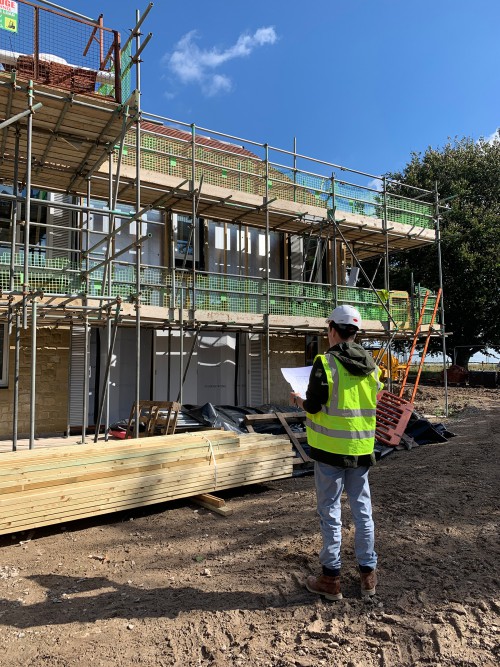Our process
We base our process on the RIBA’s tried, tested (and very much trusted) Plan of Work. As you’ll see, it’s a feast for the eyes, for the brain, and for the more geeky amongst us.
But if you’ve clicked through and baulked at all that detailed information, you might want to check out our rather more human-friendly guide below. We hope it gives you a good idea of what to expect as well a welcome sense of how much there is to enjoy.
But before you dive in, let’s be clear: no two projects are the same, just as no two clients are the same. So talking about process and listing the services we provide will never give you the full story. Our role is as much about listening carefully, thinking deeply and being human as it is about jumping through hoops and getting your project to the finish line.
And yet… Even if every outcome and every destination is different, a clear process and roadmap give us an easy way of keeping things on track, keeping to budget, and bringing every element of your project to a beautifully choreographed conclusion. Rigour and thoroughness really matter – and that holds true whether this is your very first project (and your home or your umpteenth commercial venture.
A clear process also gives you, our client, an easy-to-grasp handle on what’s happening right now as well as what’s going to happen next. It gives you welcome touchpoints along the way, takes away risk, and banishes worry about the unknown. We like to take the weight off your shoulders, but we don’t want to leave you in the dark.
It ensures that nothing gets missed and that you get the right information at the right time. This is about good systems, good communication, and everyone being on the same page (quite literally).

